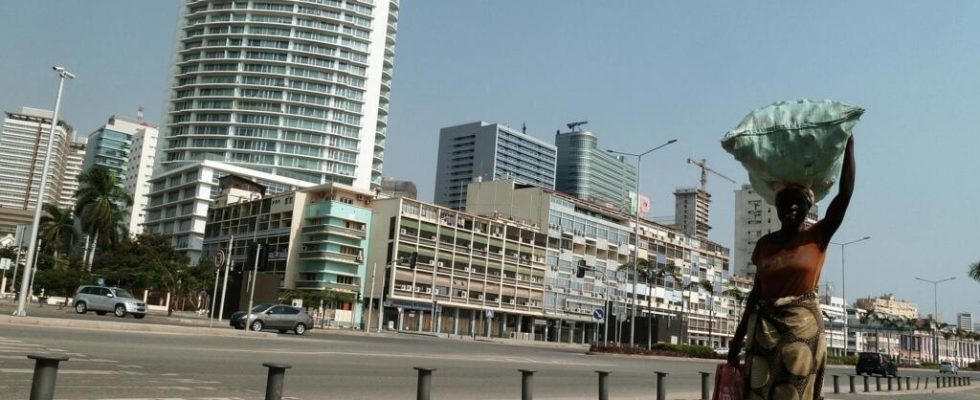This is the observation made by the World Bank. The financial institution published its World Economic Outlook on Tuesday, June 7. The picture drawn is rather gloomy. The prospects for poverty reduction are slim. This situation can be explained by at least two factors.
First factor put forward by the World Bank, galloping inflation. Although it has eased, the annual rise in food prices remains in double digits in 70% of countries. At issue are the high costs of agricultural inputs, currency depreciations and new supply difficulties linked to inter-community violence or climate change.
According to the banking institution, these phenomena have worsened poverty and food insecurity compared to the beginning of 2022. The World Bank thus has 35 million additional people in a situation of acute food insecurity.
Second element highlighted: the growth of the three largest economies in sub-Saharan Africa continues to decline. South Africa remains penalized by severe power outages, in addition to inflation and a tightening of domestic policies. In Angola and Nigeria, the region’s largest oil producers, growth momentum has stalled, the World Bank continues, mainly due to falling energy prices.
Growth in sub-Saharan Africa should therefore continue to decline to 3.2% in 2023. A rise to 3.9% is expected in 2024.
